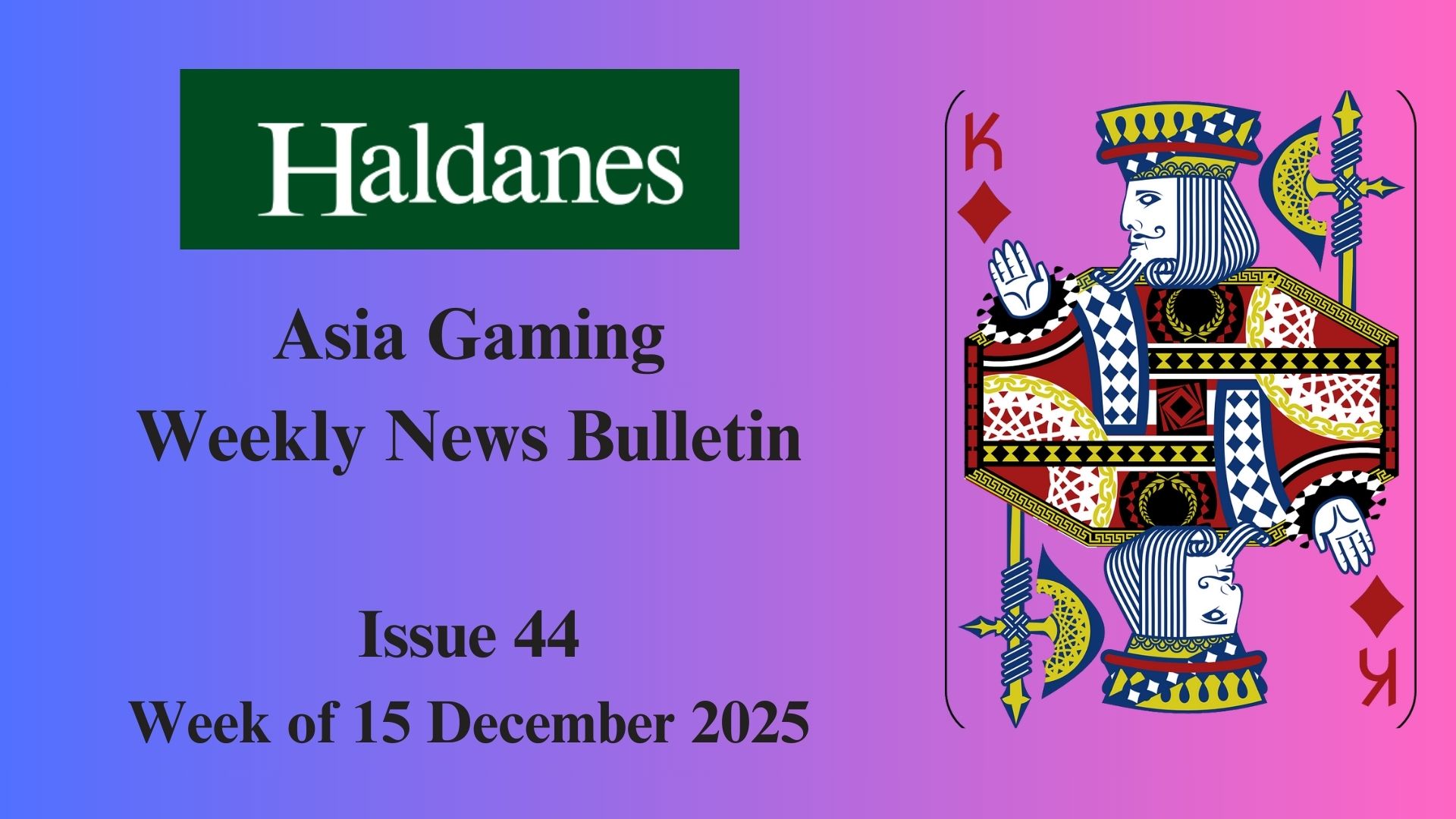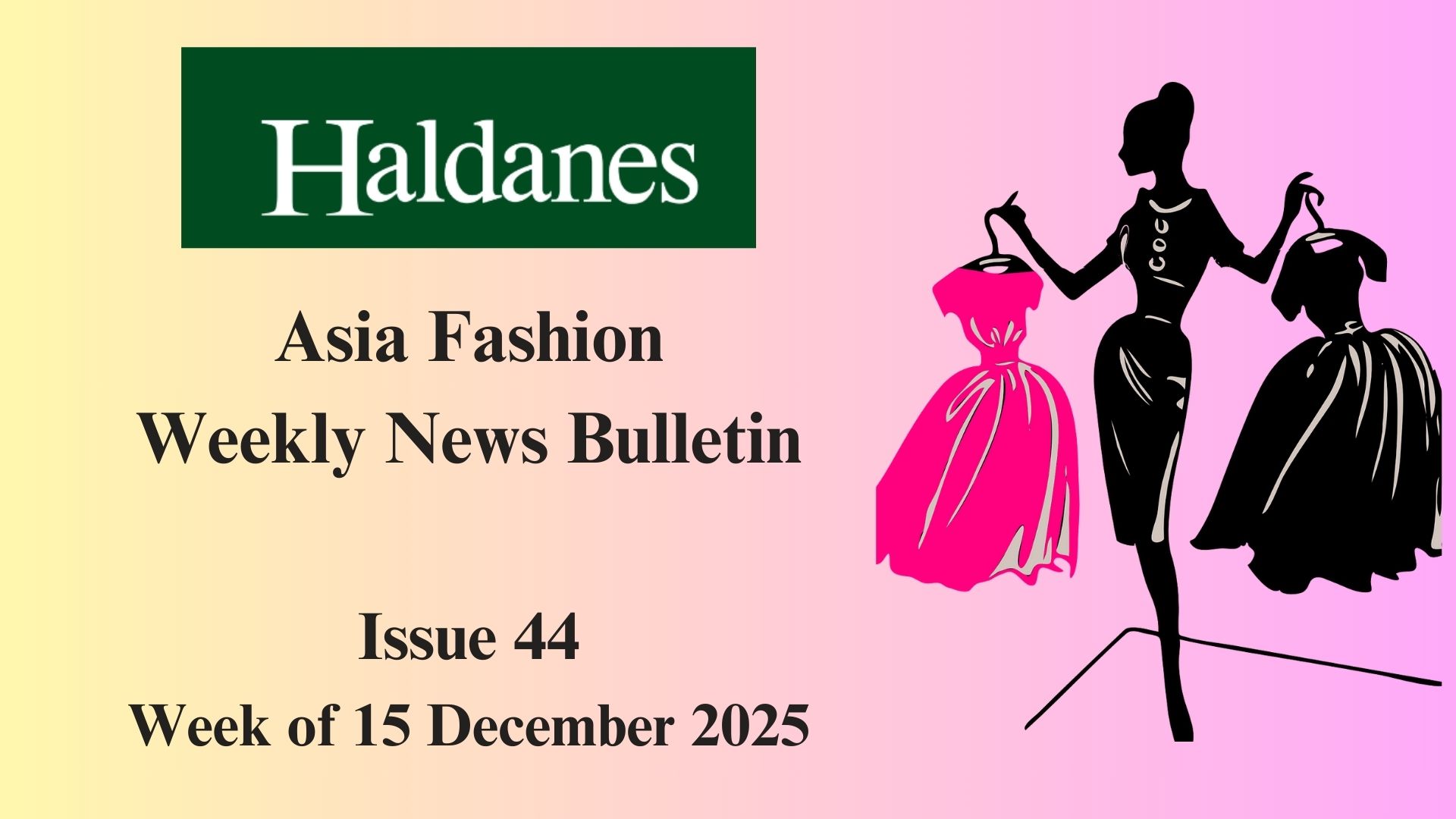Asia Fashion Weekly News Bulletin – ISSUE 28 Week of 18 August 2025
(1) South Korean Fashion Platform Musinsa Plans 2026 IPO with Potential US$7.2B Valuation
Musinsa targets a listing in either Korea or the U.S. by 2026 with industry estimates suggesting a potential valuations around 10 trillion won (US$7.2 billion)
(2) CENTRESTAGE Gala Event Returns to Hong Kong in September
Hong Kong’s CENTRESTAGE 2025 from 3-6 September will feature 260 brands with 30 events, including 30 fashion shows.
(3) Global Fashion Trends That Secretly Started in India
India’s fashion legacy – paisley, tie-dye, khadi, Jodhpuri pants, and boho aesthetics – shaped global trends but remains uncredited. From Kashmiri shawls to sustainable textiles, its craftsmanship influences runways worldwide.
(4) Shiatzy Chen’s AW25 Collection Celebrates Miao Ethnic Craftsmanship
Shiatzy Chen’s AW25 “Far and Near” collection fuses Miao embroidery (10 techniques by 7 artisans) with modern designs, featuring pleated skirts, extended coats, and a “Five Colours of Miao” palette.
(1) South Korean Fashion Platform Musinsa Plans 2026 IPO with Potential US$7.2B Valuation
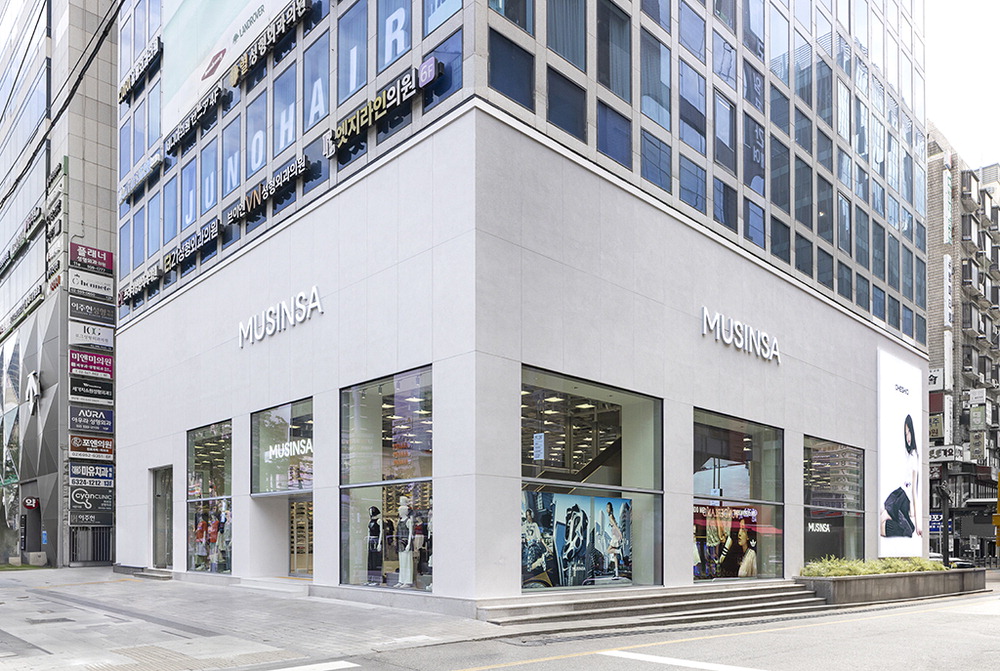
(Photo Credit: Musinsa)
South Korean fashion e-commerce giant Musinsa is preparing for an initial public offering (IPO), targeting a listing in either Korea or the U.S. by 2026, according to reports on August 18. The company has invited multiple investment banks to pitch for lead underwriter roles, with industry estimates suggesting a potential valuation of around 10 trillion won (US$7.2 billion).
Musinsa operates two major platforms – Musinsa (7 million monthly active users) and 29cm (3 million MAUs) – and has seen rapid growth in its global storefront, launched in 2022, achieving a 260% annual transaction increase and reaching 3 million MAUs by April 2025.
Musinsa’s financials demonstrate robust growth, with 2024 sales rising 25% year-on-year to 1.2 trillion won ($864 million) and operating profit turning positive at 102.8 billion won ($74 million). The company continued its momentum into Q1 2025, posting an operating profit of 17.6 billion won ($12.7 million).
News Source: https://www.guandian.cn/article/20250818/505655.html
(2) CENTRESTAGE Gala Event Returns to Hong Kong in September

(Photo Credit: Broadway World)
Hong Kong’s CENTRESTAGE 2025, Asia’s flagship fashion event, marks its 10th anniversary with record-breaking participation, featuring 260 brands from 24 countries and regions at the HKCEC from 3–6 September. The four-day showcase includes over 40 events, including 30 fashion shows, and is open to both trade professionals and the public free of charge. Highlighting Hong Kong’s role as a global fashion hub, this year’s edition welcomes internationally renowned couturier Guo Pei for her first solo Hong Kong show, alongside pavilions from the UK, Czechia, Japan, and Thailand.
The opening gala, CENTRESTAGE ELITES, will debut at M+ on 1 September with Guo Pei’s couture collection, Gilternity: An Everlasting Radiance, blending traditional craftsmanship with modern artistry. The showcase, livestreamed globally, includes collaborations with Hong Kong PolyU students and a masterclass by Guo on 4 September. Meanwhile, the Fashion Hong Kong Runway Show on 3 September spotlights local designers like ANGUS TSUI and ARTY: ACTIVE, exploring themes of creativity and heritage. Six thematic zones—from sustainable Circular Fashion to avant-garde Contemporary—will feature emerging trends, while the Redress Design Award final underscores the industry’s sustainability focus.
The event culminates with the Hong Kong Young Fashion Designers’ Contest on 6 September, judged by London’s Charles Jeffrey, alongside cross-cultural initiatives like LOCAL POWER 2025, linking Hong Kong and Korean designers. Parallel to the Hong Kong Watch & Clock Fair, CENTRESTAGE reinforces the city’s luxury and creative industries, with buyer participation from global retailers like Zalora and Hankyu Hanshin.
News Source: https://www.broadwayworld.com/hong-kong/article/CENTRESTAGE-Gala-Event-Returns-to-Hong-Kong-in-September-20250818
(3) Global Fashion Trends That Secretly Started in India
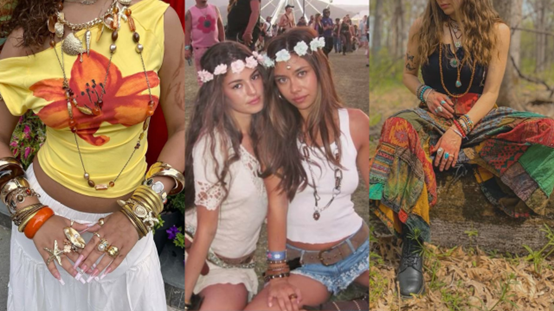
(Photo Credit: Pinterest)
While Paris, Milan, and New York dominate fashion discussions, India’s centuries-old craftsmanship has profoundly shaped global trends – often without recognition. Iconic styles like paisley (originally Kashmiri buta), tie-dye (Rajasthan’s Bandhani), and sustainable khadi fabric trace their roots to Indian artisans. These designs, now staples on international runways, reflect India’s enduring aesthetic and technical influence, from luxury houses to bohemian streetwear.
The sleek Jodhpuri pants, popularised by British equestrians, evolved from Rajasthan’s churidar, while the boho aesthetic’s flowy silhouettes and embroidered fabrics borrow heavily from Indian tribal crafts like Jaipur’s block prints and mirrorwork. Even “eco-fashion” pioneers like Stella McCartney draw inspiration from Gandhi’s khadi movement. Despite their global adoption, these elements are rarely attributed to their Indian origins, masking the subcontinent’s role in defining modern style.
Fashion’s narrative often overlooks India’s contributions, treating its designs as mere exotic influences rather than foundational innovations. Acknowledging this legacy isn’t just about pride – it’s a corrective to fashion history, highlighting how Indian textiles, techniques, and silhouettes continue to reinvent global trends. From ancient Indus Valley dyes to Coachella’s boho maximalism, India’s imprint remains timeless yet undercelebrated.
News Source: https://www.timesnownews.com/lifestyle/fashion/global-fashion-trends-that-secretly-started-in-india-article-152477799
(4) Shiatzy Chen’s AW25 Collection Celebrates Miao Ethnic Craftsmanship
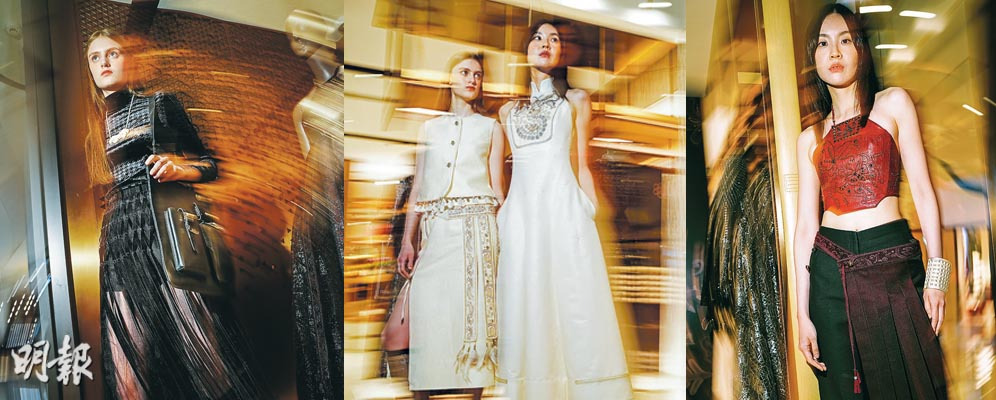
(Photo Credit: Mingpao)
Taiwanese luxury brand Shiatzy Chen’s 2025 autumn-winter collection “Far and Near” draws inspiration from Miao ethnic minority traditions, reinterpreting their intricate embroidery as “writing with needle and thread.”
The series pays homage to Louis Cha Leung-yung’s The Smiling, Proud Wanderer character Blue Phoenix, known for her iconic silver-adorned Miao costumes. Modern silhouettes like extended coats and capes feature structural pleats mimicking traditional Miao skirts, accented with beads, feathers, and tassels for contemporary ethnic fusion.
The collection’s colour scheme mirrors the “Five Colours of Miao” subgroups (White, Flowery, Black, Red, Blue), showcasing platinum, pink, black-gold, and indigo hues. Shiatzy Chen collaborated with seven intangible cultural heritage inheritors to incorporate 10 distinctive Miao embroidery techniques, including national heritage-recognised tin embroidery and raised embroidery, etc. While maintaining modern tailoring – seen in leather accordion pants and belted suits—the collection honours Miao artistry through details like bell trims and narrative motifs.

